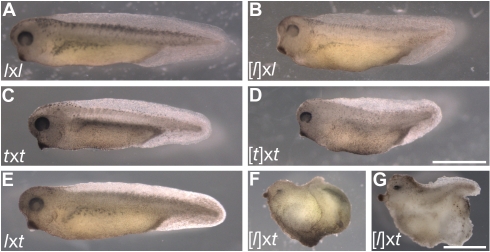Figure 1. Early development of Xenopus androgenetic haploids, hybrids, and cybrids.
(A–D) Haploid development frequently gives rise to stunted swimming tadpoles in both X. laevis and X. tropicalis. Typical stage 38 (A) lxl, (B) [l]xl (lx[l] were identical (unpublished data)), (C) txt, and (D) [t]xt embryos are shown. (E) Haploid X. laevis development is improved by the addition of a X. tropicalis sperm nucleus. A typical stage 38 lxt hybrid is shown. (F–G) [l]xt cybrids have a reduced developmental capacity compared to [l]xl or [t]xt and never form swimming tadpoles. Two of the most developmentally advanced [l]xt cybrid postneurulae after ∼72 h at 23°C are shown. Substantial posterior axis elongation such as in the individual shown in (G) is very rare and occurs in less than 1% of [l]xt cybrids. Scale bars in (A–B, E–G) and (C–D): 1 mm.

